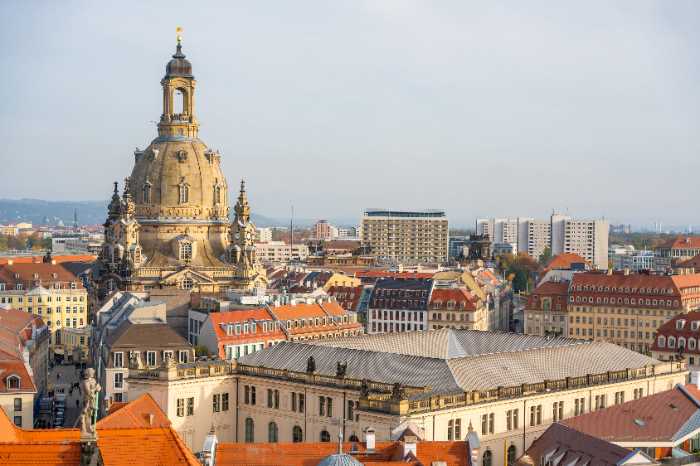
Dresden
GermanyDresden. The name itself is a study in contrasts, a word that simultaneously conjures up images of exquisite Baroque beauty and the terrifying specter of total annihilation. It is a city that has not merely recovered from tragedy but has fundamentally rebuilt its soul, stone by historic stone. Before 1945, Dresden was known as the "Florence on the Elbe," a celebrated title earned through centuries of patronage by Saxon royalty, particularly Augustus the Strong. This era saw the creation of a stunning Baroque skyline that was the envy of Europe. The Zwinger Palace, an opulent masterpiece of Rococo architecture and sculpture, served as an orangery and venue for royal festivals. Across the square stood the Residenzschloss (Royal Palace), and dominating the skyline was the majestic, bell-shaped dome of the Frauenkirche (Church of Our Lady). The city was, in a word, a "Jewel Box," holding world-class treasures like the art in the Old Masters Picture Gallery and the glittering wealth of the Green Vault. Then came the firestorm of February 1945. In the closing months of World War II, Allied bombing raids reduced the historic core to a wasteland of rubble and ash. The devastation was near-total, turning centuries of cultural heritage into a global symbol of wartime horror. For nearly fifty years under the German Democratic Republic (East Germany), the blackened ruins of the Frauenkirche were intentionally left as a stark, powerful anti-war memorial. Other key structures, like the Semperoper (Opera House) and the Zwinger, were painstakingly reconstructed, but the church remained a gaping wound in the city’s heart. The modern chapter of Dresden began after German reunification. Driven by a powerful civic movement and international donors—including former Allied countries—the decision was made to rebuild the Frauenkirche. It was a monumental project, using salvaged, coded stones mixed with new ones, a living mosaic of destruction and hope. Its re-consecration in 2005 marked the completion of a truly symbolic act: a city reclaiming its history not through forgetfulness, but through relentless, detailed reconstruction. Today, Dresden is a vibrant blend of the old and the new. You can stroll across the Brühl's Terrace, dubbed the "Balcony of Europe," gaze upon the Fürstenzug (Procession of Princes), a massive mural of Saxon rulers made from 23,000 Meissen porcelain tiles, and attend an opera in the lavishly restored Semperoper. Beyond its Baroque core, modern Dresden thrives as a center for high-tech industry, particularly microelectronics—earning it the nickname "Silicon Saxony." Its youthful energy and cultural depth, from the world’s oldest Christmas market (Striezelmarkt) to its edgy Neustadt district, prove that its spirit, like its architecture, could rise again. The history of Dresden is a profound lesson in resilience. It is a place that shows the world that a city can be erased and, through sheer human will, be born anew, forever aware of its past while firmly focused on its future.
 Botanischer Garten Dresden
Botanical Garden
Botanischer Garten Dresden
Botanical Garden
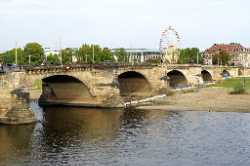 Augustus Bridge
Bridge
Augustus Bridge
Bridge
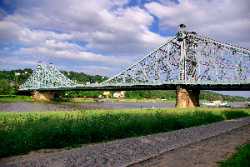 Blue Wonder Bridge
Bridge
Blue Wonder Bridge
Bridge
 Schloss Pillnitz
Castle
Schloss Pillnitz
Castle
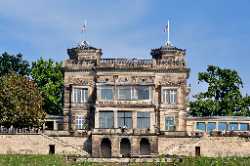 Lingnerschloss
Castle
Lingnerschloss
Castle
 Pillnitz Palace
Castle
Pillnitz Palace
Castle
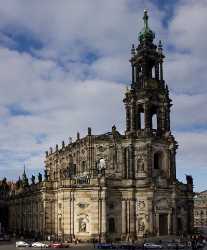 Cathedral St. Trinitatis
Cathedral
Cathedral St. Trinitatis
Cathedral
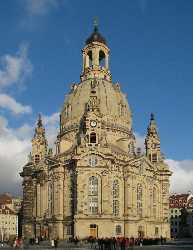 Frauenkirche Dresden
Church
Frauenkirche Dresden
Church
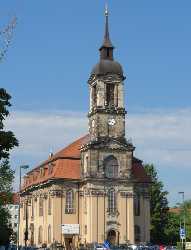 Annenkirche
Church
Annenkirche
Church
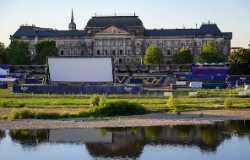 Elbufer
Cinema
Elbufer
Cinema
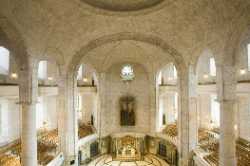 Kreuzkirche
Concert Hall
Kreuzkirche
Concert Hall
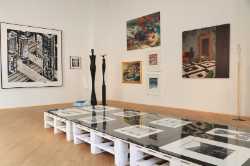 Galerie FLOX Dresden
Gallery
Galerie FLOX Dresden
Gallery
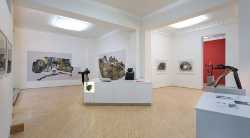 Galerie Sybille Nütt
Gallery
Galerie Sybille Nütt
Gallery
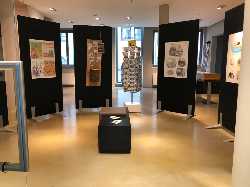 Galerie Komische Meister Dresden
Gallery
Galerie Komische Meister Dresden
Gallery
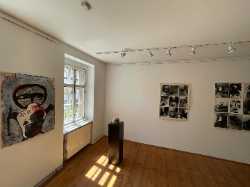 Galerie Raskolnikow e.V.
Gallery
Galerie Raskolnikow e.V.
Gallery
 Galerie Mitte Dresden
Gallery
Galerie Mitte Dresden
Gallery
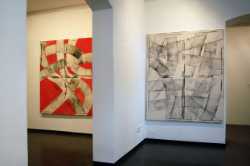 Galerie Drei
Gallery
Galerie Drei
Gallery
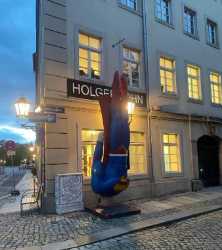 Galerie Holger John
Gallery
Galerie Holger John
Gallery
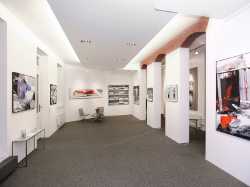 Galerie Ines Schulz
Gallery
Galerie Ines Schulz
Gallery
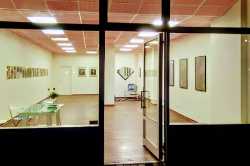 Galerie Stephanie Kelly
Gallery
Galerie Stephanie Kelly
Gallery
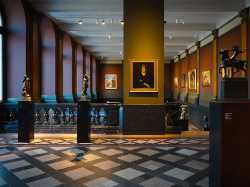 Albertinum
Gallery
Albertinum
Gallery
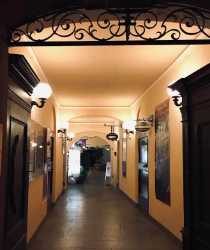 Galerie Kunst & Eros
Gallery
Galerie Kunst & Eros
Gallery
 Brühl’s Terrace
Historical Landmark
Brühl’s Terrace
Historical Landmark
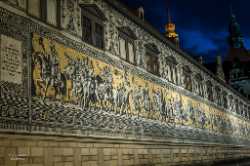 Fürstenzug
Historical Landmark
Fürstenzug
Historical Landmark
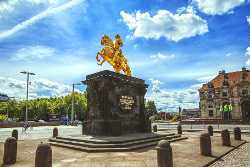 Goldener Reiter
Historical Landmark
Goldener Reiter
Historical Landmark
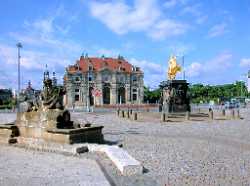 Neustädter Markt
Historical Landmark
Neustädter Markt
Historical Landmark
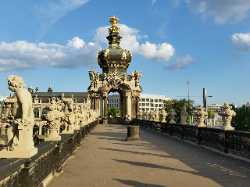 Kronentor
Historical Landmark
Kronentor
Historical Landmark
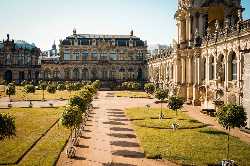 Zwinger Palace
Historical Landmark
Zwinger Palace
Historical Landmark
 Blockhaus
Historical Landmark
Blockhaus
Historical Landmark
 Museum für Sächsische Volkskunst
Museum
Museum für Sächsische Volkskunst
Museum
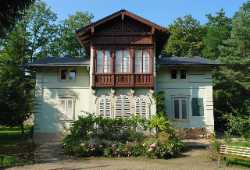 Kraszewski-Museum Dresden
Museum
Kraszewski-Museum Dresden
Museum
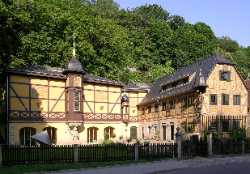 Leonhardi-Museum Dresden
Museum
Leonhardi-Museum Dresden
Museum
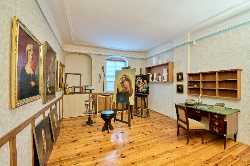 Kügelgenhaus Dresden
Museum
Kügelgenhaus Dresden
Museum
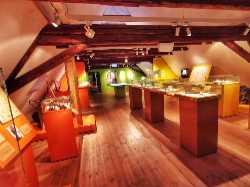 Palitzsch-Museum Dresden
Museum
Palitzsch-Museum Dresden
Museum
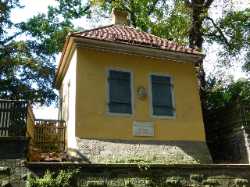 Schillerhäuschen Dresden
Museum
Schillerhäuschen Dresden
Museum
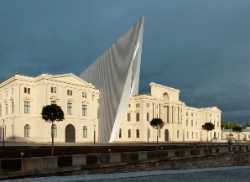 Militärhistorisches Museum der Bundeswehr
Museum
Militärhistorisches Museum der Bundeswehr
Museum
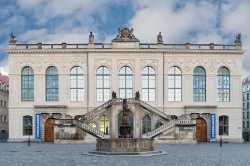 Verkehrsmuseum Dresden
Museum
Verkehrsmuseum Dresden
Museum
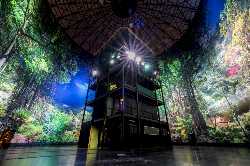 Panometer Dresden
Museum
Panometer Dresden
Museum
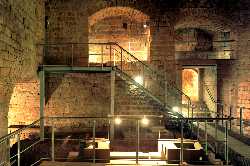 Museum Festung Dresden
Museum
Museum Festung Dresden
Museum
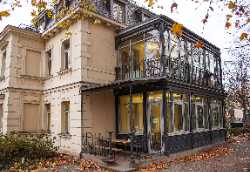 Erich Kästner Museum
Museum
Erich Kästner Museum
Museum
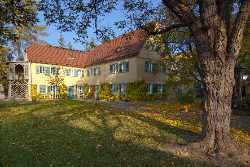 Carl-Maria-von-Weber Museum
Museum
Carl-Maria-von-Weber Museum
Museum
 Jägerhof
Museum
Jägerhof
Museum
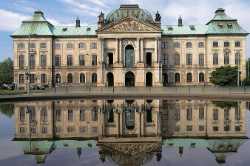 Japanisches Palais
Museum
Japanisches Palais
Museum
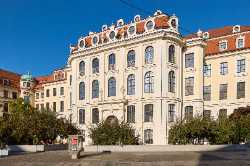 Stadtmuseum Dresden
Museum
Stadtmuseum Dresden
Museum
 Museum für Völkerkunde Dresden
Museum
Museum für Völkerkunde Dresden
Museum
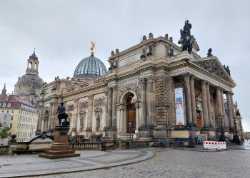 Kunsthalle im Lipsiusbau
Museum
Kunsthalle im Lipsiusbau
Museum
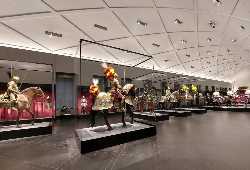 Staatliche Kunstsammlungen Dresden
Museum
Staatliche Kunstsammlungen Dresden
Museum
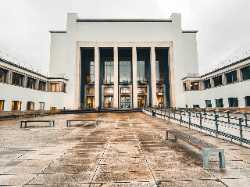 Deutsches Hygiene-Museum
Museum
Deutsches Hygiene-Museum
Museum
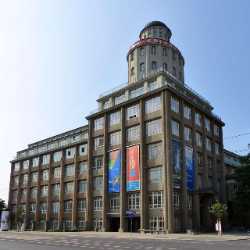 Technische Sammlungen Dresden
Museum
Technische Sammlungen Dresden
Museum
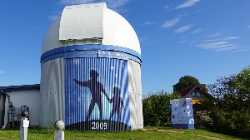 Sternwarte Dresden-Gönnsdorf
Observatory
Sternwarte Dresden-Gönnsdorf
Observatory
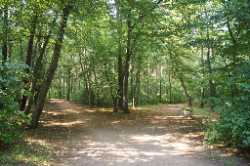 Waldpark
Park
Waldpark
Park
 Fichtepark
Park
Fichtepark
Park
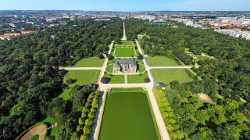 Großer Garten
Park
Großer Garten
Park
 Neustadt district
Park
Neustadt district
Park
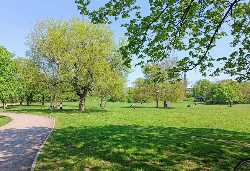 Alaunpark
Park
Alaunpark
Park
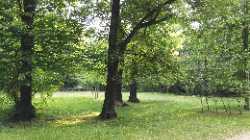 Waldpark Blasewitz
Park
Waldpark Blasewitz
Park
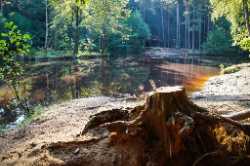 Dresdner Heide
Park
Dresdner Heide
Park
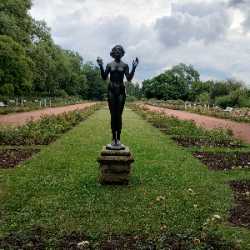 Rosengarten
Park
Rosengarten
Park
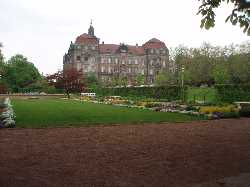 Staudengarten
Park
Staudengarten
Park
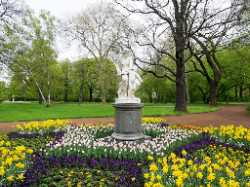 Bürgerwiese
Park
Bürgerwiese
Park
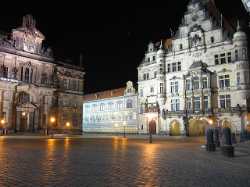 Schlossplatz
Square
Schlossplatz
Square
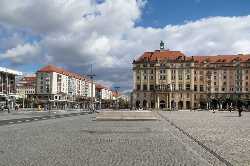 Altmarkt Square
Square
Altmarkt Square
Square
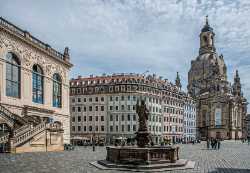 Neumarkt Square
Square
Neumarkt Square
Square
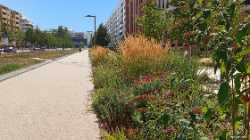 Promenadenring
Street
Promenadenring
Street
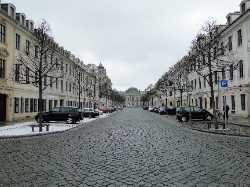 Königstraße
Street
Königstraße
Street
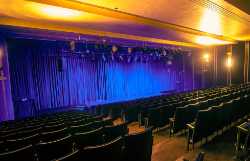 Boulevardtheater Dresden
Theatre
Boulevardtheater Dresden
Theatre
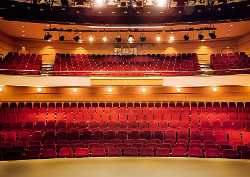 Comödie Dresden
Theatre
Comödie Dresden
Theatre
 Societaetstheater Dresden
Theatre
Societaetstheater Dresden
Theatre
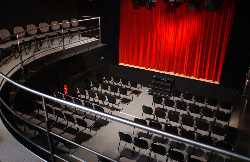 Theaterkahn
Theatre
Theaterkahn
Theatre
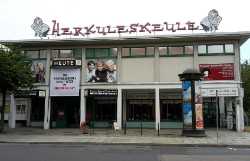 Die Herkuleskeule
Theatre
Die Herkuleskeule
Theatre
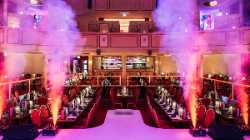 Carte Blanche
Theatre
Carte Blanche
Theatre
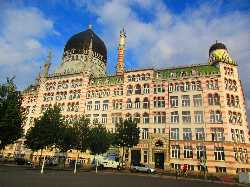 Yenidze Theater
Theatre
Yenidze Theater
Theatre
 Staatsoperette Dresden
Theatre
Staatsoperette Dresden
Theatre
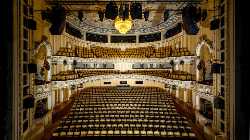 Staatsschauspiel Dresden
Theatre
Staatsschauspiel Dresden
Theatre
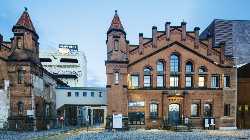 Kraftwerk Mitte
Theatre
Kraftwerk Mitte
Theatre
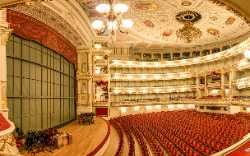 Semperoper
Theatre
Semperoper
Theatre
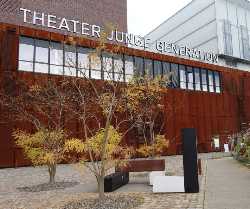 Theater Junge Generation
Theatre
Theater Junge Generation
Theatre
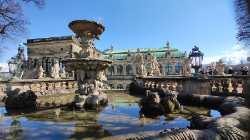 Nymphenbad
Tourist attractions
Nymphenbad
Tourist attractions
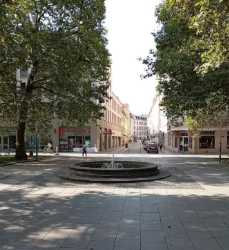 Rundbrunnen goldene Reiter Blick
Tourist attractions
Rundbrunnen goldene Reiter Blick
Tourist attractions
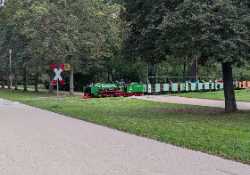 Großer Garten Parkeisenbahn
Tourist attractions
Großer Garten Parkeisenbahn
Tourist attractions
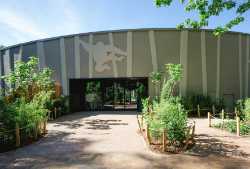 Zoo Dresden
Zoo
Zoo Dresden
Zoo